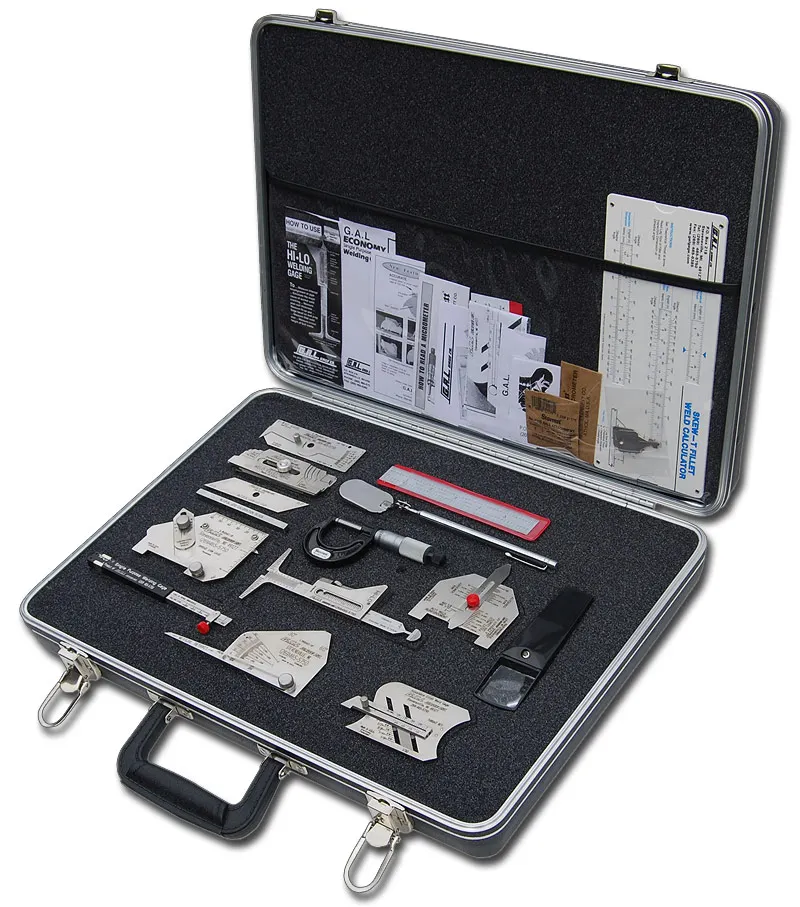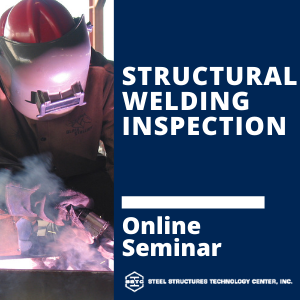Why Choose Professional Welding Inspection Gilbert Arizona for Your Projects?
Why Choose Professional Welding Inspection Gilbert Arizona for Your Projects?
Blog Article
Welding Evaluation Demystified: Secret Procedures, Devices, and the Important Function They Play in Preserving High-Quality Welds
Welding examination functions as a vital foundation in the guarantee of architectural honesty and top quality in bonded joints, impacting various industries from building to manufacturing. This procedure is not simply a rule; it incorporates essential strategies such as visual evaluations and advanced non-destructive testing methods developed to uncover defects that can endanger safety and security. With an array of specialized devices at their disposal, examiners play an essential role in keeping high requirements. The complexities of these approaches and their effects for high quality assurance remain often ignored. What are the essential processes and tools that ensure these criteria are maintained?
Significance of Welding Evaluation
Making sure the honesty of bonded joints is vital in different industries, making the relevance of welding evaluation indisputable. The top quality of welds directly affects the security, performance, and long life of frameworks and elements. In industries such as construction, vehicle, aerospace, and production, any type of failure in bonded joints can cause disastrous effects, consisting of structural failures, devices breakdown, and loss of life.
Welding examination serves as a critical high quality control action, ensuring that welds satisfy defined criteria and regulatory needs. It determines flaws such as splits, porosity, and incomplete fusion that might endanger the stamina of the weld. By detecting these issues early, welding evaluation can avoid pricey rework, hold-ups, and possible safety and security risks.
Furthermore, welding evaluation promotes compliance with market standards and qualifications, boosting the reliability of organizations and their products. It additionally supports constant improvement by offering valuable feedback to welding employees, enabling them to fine-tune their methods and procedures.
Inevitably, the relevance of welding evaluation can not be overstated; it is essential for keeping high-quality welds, ensuring security, and securing investments across numerous sectors.

Trick Examination Processes
Reliable welding assessment depends on a collection of crucial processes designed to review the high quality and stability of welds. These processes incorporate both visual and non-destructive screening (NDT) methods, ensuring that any kind of flaws are recognized before they compromise structural integrity.
The initial step in the examination procedure is a complete visual evaluation, which allows examiners to evaluate welds for surface defects such as splits, undercuts, and incomplete blend. Following aesthetic checks, various NDT strategies might be used, consisting of ultrasonic testing, magnetic fragment testing, and radiographic screening. Each method offers special advantages; for circumstances, ultrasonic screening can discover interior imperfections, while radiographic testing gives a long-term document of the weld's internal framework.
Furthermore, it is essential to verify conformity with pertinent codes and standards, making sure that the weld fulfills market requirements. This includes checking weld dimensions and positioning, as inappropriate measurements can cause failings under load.
Vital Devices for Assessment
Consistently using the right tools is important for accomplishing precise welding examinations. A comprehensive set of assessment devices aids make certain that welds fulfill stringent high quality criteria and requirements.
Among the key devices is the visual assessment scale, which enables examiners to examine surface conditions, such as tidiness and surface finish, directly. Additionally, micrometers and calipers are necessary for determining weld dimensions and ensuring they comply with required tolerances.
For more thorough analyses, ultrasonic screening (UT) equipment is indispensable. This technique uses high-frequency acoustic waves to assess and detect inner flaws material density. Magnetic particle testing (MT) and dye penetrant screening (PT) are vital for determining surface area and near-surface flaws, providing prompt visual signs of prospective problems.
Welders need to likewise be geared up with Our site solidity testers, which assess the mechanical residential properties of the weld metal and base products, ensuring they satisfy specified requirements. Recording findings with electronic inspection devices enhances traceability and high quality control. By using these important devices, examiners can keep premium welds, inevitably adding to the safety and reliability of bonded structures.
Usual Problems and Their Discovery
Welds, akin to the backbone of structural stability in building and construction and manufacturing, can show various problems that jeopardize their efficiency and safety. Common problems include porosity, fractures, undercut, absence of combination, and slag additions (Welding Inspection Gilbert Arizona). Each of these imperfections can show up due to improper welding strategies, inadequate product selection, or inadequate preparation

Discovery of these issues can be achieved with different non-destructive testing approaches, consisting of aesthetic inspection, ultrasonic screening, and radiographic screening. Each technique plays a vital function in identifying these mistakes, ensuring that the honesty of the weld is preserved and lowering the danger of failure in critical applications.

Best Practices for Top Quality Guarantee
Making sure the greatest top quality of welds is vital for architectural click reference stability and safety, specifically in markets where the effects of failure can be severe. To attain this, a number of best methods for quality guarantee have to be carried out throughout the welding process.
First, a robust welding treatment spec (WPS) need to be established, detailing the essential parameters for each and every welding operation. This makes sure uniformity and adherence to market criteria. Second, extensive training and certification of welders are necessary; experienced workers are much better furnished to generate top quality welds and acknowledge possible defects.
Regular inspections ought to be incorporated right into the welding process, utilizing both non-destructive and visual testing (NDT) techniques to detect defects beforehand. Regular calibration of examination tools is essential to keep accuracy. Furthermore, documenting all welding activities, including examinations and rehabilitative activities, creates a deducible document that can be important for quality assurance.
Conclusion
Finally, welding assessment offers as a vital mechanism for making certain the honesty and dependability of bonded joints throughout markets - Welding Inspection Gilbert Arizona. Via the application of vital assessment procedures and the application of crucial tools, organizations can effectively determine and deal with possible problems. Adherence to ideal methods in quality guarantee not only boosts safety but additionally makes sure conformity with industry requirements, inevitably contributing to the durability and performance of components and frameworks
Welding inspection serves as an essential backbone in news the guarantee of structural integrity and quality in bonded joints, affecting various industries from building to production.Ensuring the integrity of bonded joints is critical in various sectors, making the significance of welding inspection obvious.Welding assessment serves as a critical top quality control procedure, making sure that welds meet defined criteria and regulative requirements. By utilizing these important devices, inspectors can keep premium welds, eventually adding to the safety and dependability of welded frameworks.
In final thought, welding examination offers as a critical mechanism for making sure the integrity and reliability of bonded joints throughout markets.
Report this page